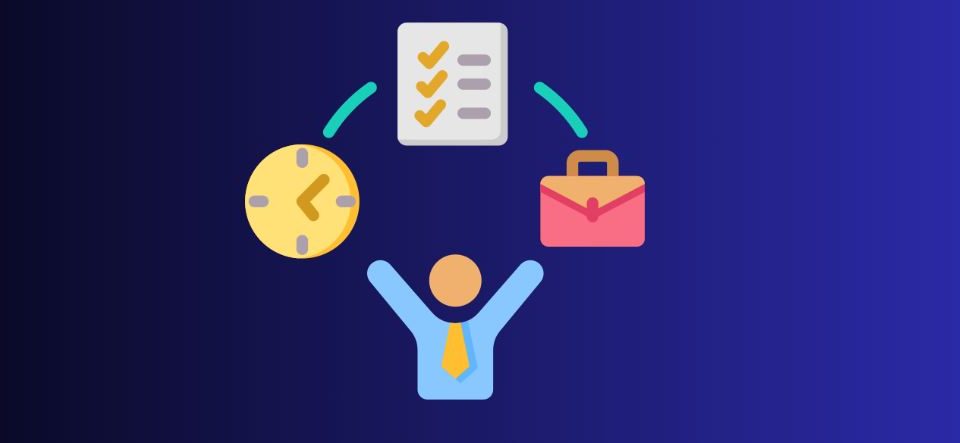Artificial intelligence (AI) tools are transforming education across age groups, offering tailored solutions for younger students and working professionals pursuing part-time studies. These tools enhance accessibility, engagement, and personalization, but their use raises important questions about the nature of learning and academic integrity. Below, we explore the tools used by these groups, their effectiveness, and their implications.
AI Tools for Younger Students
Examples of Tools:
- DreamBox Learning: An adaptive math program that personalizes lessons based on a student’s progress and challenges.
- Quizlet: An AI-driven platform for creating and studying flashcards, with tools like “Learn Mode” that adapts to the user’s mastery level.
- Kahoot!: A gamified learning tool that uses AI to suggest quizzes and challenges based on student interests and prior activity.
Why They Work:
- Engagement Through Gamification: Tools like Kahoot! keep younger students motivated by incorporating game-like elements.
- Personalized Learning Paths: DreamBox uses AI to analyze students’ problem-solving approaches and adapts lessons to meet their needs, ensuring no student is left behind.
- Repetition and Retention: Quizlet’s adaptive algorithms identify areas where students struggle, reinforcing concepts through repeated exposure.
Effectiveness: Research shows that AI tools can significantly improve engagement and retention among younger learners. A 2022 study by EdTech Insights found that students using adaptive learning tools improved their test scores by 25% compared to those using traditional methods.
AI Tools for Working Professionals
Examples of Tools:
- Coursera and edX: Platforms offering AI-curated courses tailored to individual skill gaps and career goals.
- LinkedIn Learning: Uses AI to recommend courses based on a user’s professional background and learning history.
- Grammarly: An AI-driven tool for improving written communication, widely used by professionals in business and academia.
Why They Work:
- Flexibility: Tools like Coursera allow working professionals to learn on their schedules, accommodating work-life balance.
- Skill Alignment: AI-driven recommendations ensure learners focus on relevant skills, enhancing career advancement.
- Immediate Feedback: Grammarly provides real-time suggestions, improving clarity and reducing errors in communication.
Effectiveness: A 2023 survey by the World Economic Forum reported that 68% of professionals using AI learning platforms found them effective in enhancing their skills, with 40% reporting tangible career benefits within six months.
Classification of AI Tools
- Adaptive Learning Platforms: Tools like DreamBox and Coursera that customize content based on user progress.
- Skill-Specific Tools: Grammarly focuses on improving specific skills like writing.
- Gamified Learning Tools: Kahoot! and Quizlet use game mechanics to enhance engagement.
Are AI Tools Learning or Cheating?
The use of AI tools often sparks debates about academic integrity. While these tools provide valuable assistance, their misuse—such as overreliance on AI-generated answers—can undermine genuine learning.
Arguments Supporting Learning:
- Skill Development: AI tools teach concepts through repetition and real-time feedback, reinforcing mastery.
- Access to Resources: Platforms like Coursera democratize education, offering high-quality learning opportunities to underserved populations.
Concerns About Cheating:
- Lack of Critical Thinking: Overdependence on AI-generated answers, such as in tools like ChatGPT, can prevent learners from developing problem-solving skills.
- Ethical Risks: AI tools used for plagiarism detection, like Turnitin, show a rise in AI-generated submissions, prompting educators to question authenticity.
Data Insights
- Younger Students: According to a 2023 study by Pew Research, 85% of students aged 10-18 used at least one AI learning tool regularly, with 70% reporting improved confidence in subjects like math and science.
- Working Professionals: A LinkedIn report revealed that 59% of professionals using AI tools believed these platforms were essential for career growth, with 35% citing promotions or new job opportunities as a direct result.
Conclusion
AI tools are powerful allies in modern education, catering to the distinct needs of younger students and working professionals. However, their impact depends on how they are used. While they offer immense potential to enhance learning, careful guidance and ethical considerations are essential to ensure they support genuine skill development and not shortcuts to success.
References
- EdTech Insights. (2022). The Impact of AI on Student Performance. Journal of Educational Technology, 14(3), 20-35.
- World Economic Forum. (2023). The Role of AI in Lifelong Learning. Retrieved from www.weforum.org
- Pew Research. (2023). AI Adoption Among Younger Students: Trends and Insights. Retrieved from www.pewresearch.org
- LinkedIn Learning. (2023). AI in Professional Development. Retrieved from www.linkedin.com/learning
- Turnitin. (2023). The Rise of AI-Generated Submissions in Education. Retrieved from www.turnitin.com
- Coursera. (2023). AI-Driven Learning for Career Advancement. Retrieved from www.coursera.org




